SOAS: UK academic deconstructs the oddities of Sindhi nationalism and its distance from Hindu roots
Dr Sarah Ansari debunks a few myths of pre-Partition Sindh.
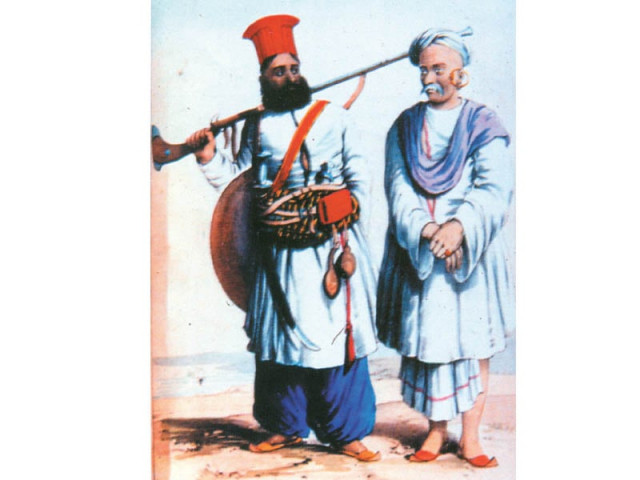
At a seminar held on Thursday, Dr Sarah Ansari, who heads the department of History at Royal Holloway, the University of London, spoke on Sindhi nationalism. The professor took the audience through her research on the complexities of the phenomenon, including the peculiar relationship between Sind(h) and Bombay, as well as Hindu and Muslim identity in the province.
For starters, Dr Ansari went about dispelling a few myths, one of which is that Karachi was a small fishing port of no great importance to the British Raj and it only gained importance after Independence. Actually, Sindhi ports became a training ground for British civil servants who not only learnt the administrative ropes but were also schooled in how to deal with the local people. Among other things, this meant that for the officers, Sind was a nursery where they came to understand the working relationship between Hindus and Muslims.
But of course, none of that is ever whispered outside the hallways of academia. And parts of post-partition history seems to gloss over the Hindu contribution to the formation of a Sindhi identity as a whole.
So why were Hindu interests ushered to one side?
It seems that a strange phenomenon developed after partition; a ‘Muslim’ fever eclipsed the knowledge that the state was built to serve a once minority (i.e. Muslims in India). The problem with Sindhi nationalism in this regard is two-fold. The first is that in order to gain any prominence one must gain the support of the people, which in light of the creation of a Muslim republic could only be done under the banner of those who believed only in the Kalima. This was complicated by the idea that Sindhi nationalists wanted to object to a surge of a large number of Muslim migrants to the province where its resources were given to its already existing residents, including the Hindu population as well.
Then there was the problem of Sindhi language being taught in its colonial adaptive form of a variant Arabic script and not in the Devanagari script. This is the second problem that afflicts Sindhi nationalism; while it is at war with Urdu-ization and the obliteration of its ‘cultural roots’ it seems that nationalists are adapting to a new sense that being Sindhi means blending into Pakistan yet somehow standing out from the Punjab and the other provinces, without embracing any Hindu heritage or acknowledging that a section of their peoples are Hindu.
The truth of the matter is that nationalism has to embrace its people wholeheartedly and cannot section its peoples. If it does it cannot completely take off or succeed as a movement because at the core of every movement is its people. By failing to link Sindhi identity to a mix of Muslim and Hindu identities Sindhi nationalism is still, in the end, somewhat subjected to a policy of divide and rule.
The writer is a third-year history students at SOAS
Published in The Express Tribune, November 19th, 2011.



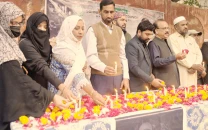
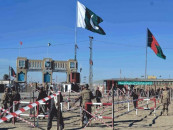
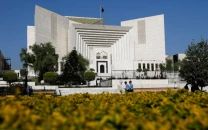

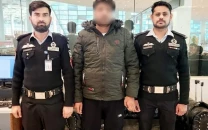



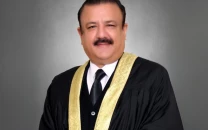







COMMENTS
Comments are moderated and generally will be posted if they are on-topic and not abusive.
For more information, please see our Comments FAQ